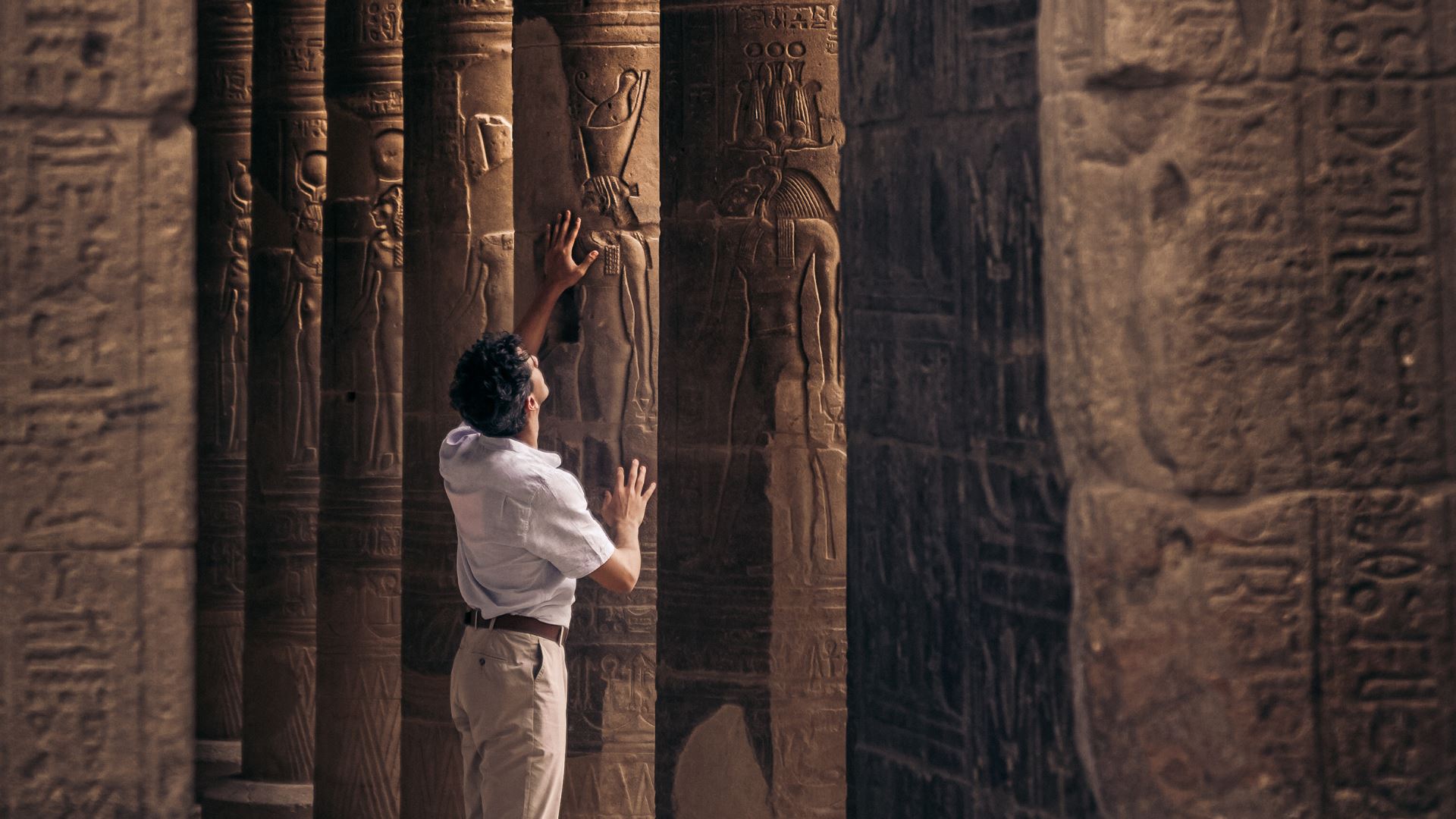
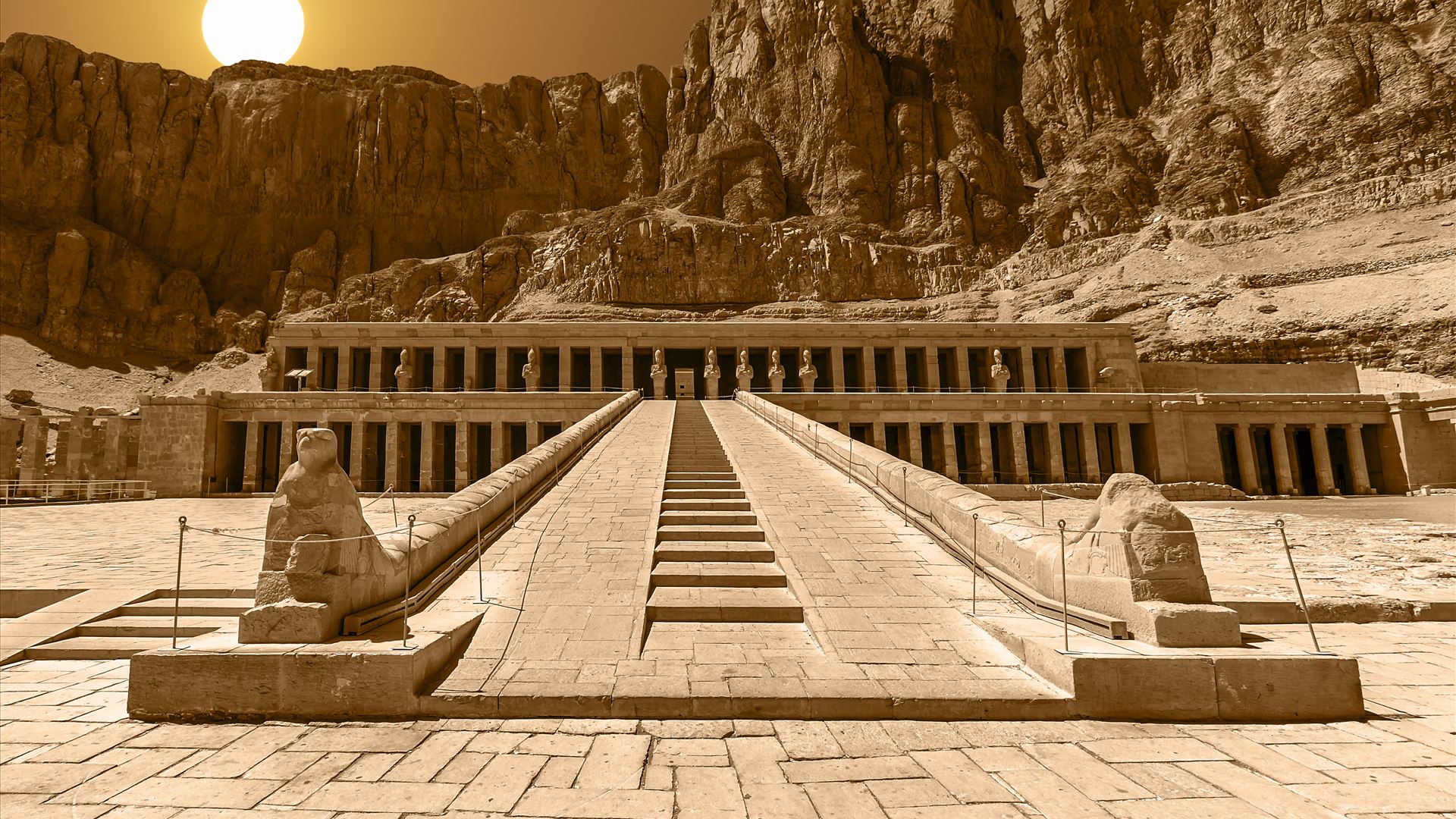
Also known as Djeser-Djeseru, the Mortuary Temple Complex of Hatshepsut is beneath the cliffs at Deir el-Bahari on the west bank of the Nile. The temple was built in dedication to Hatshepsut and Amun. It lies next to the Mortuary Temple of Mentuhotep. The relief sculptures in the temple recite the tale of the divine birth of a first-of-its-kind female pharaoh.

The Valley of the Kings is a magnificent burial ground where, to date, 63 tombs have been unearthed. The rooms range from a simple room to corridors with 120 chambers and pharaohs like Ramses II, Tutankhamen and Seti I found their resting place here. The valley has been a focus of several archaeological explorations; in 1979, the valley became a UNESCO World Heritage Site.
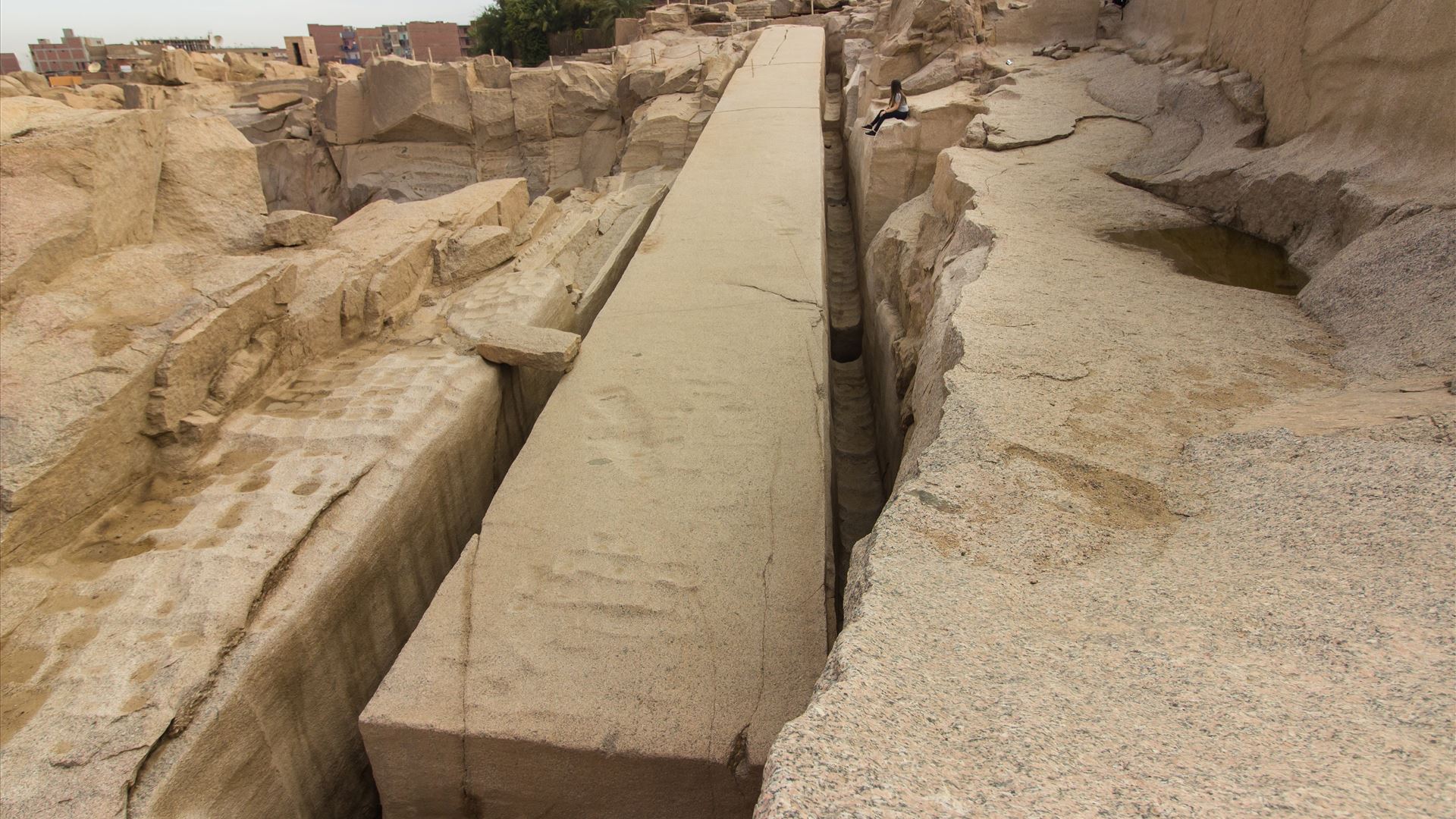
The Unfinished Obelisk of Queen Hatshepsut is a more than a 3,500 years old monument, abandoned in an Aswan stone quarry. It is nearly one-third bigger than any ancient Egyptian obelisk. If completed, it would have weighed around 1,090 tonnes and would have been almost 42 meters high. Works on the unfinished obelisk were abandoned when cracks appeared in the granite after the creators began to carve it out of bedrock. This unfinished obelisk is a demonstration of the extraordinary stone-working techniques of ancient Egyptians.
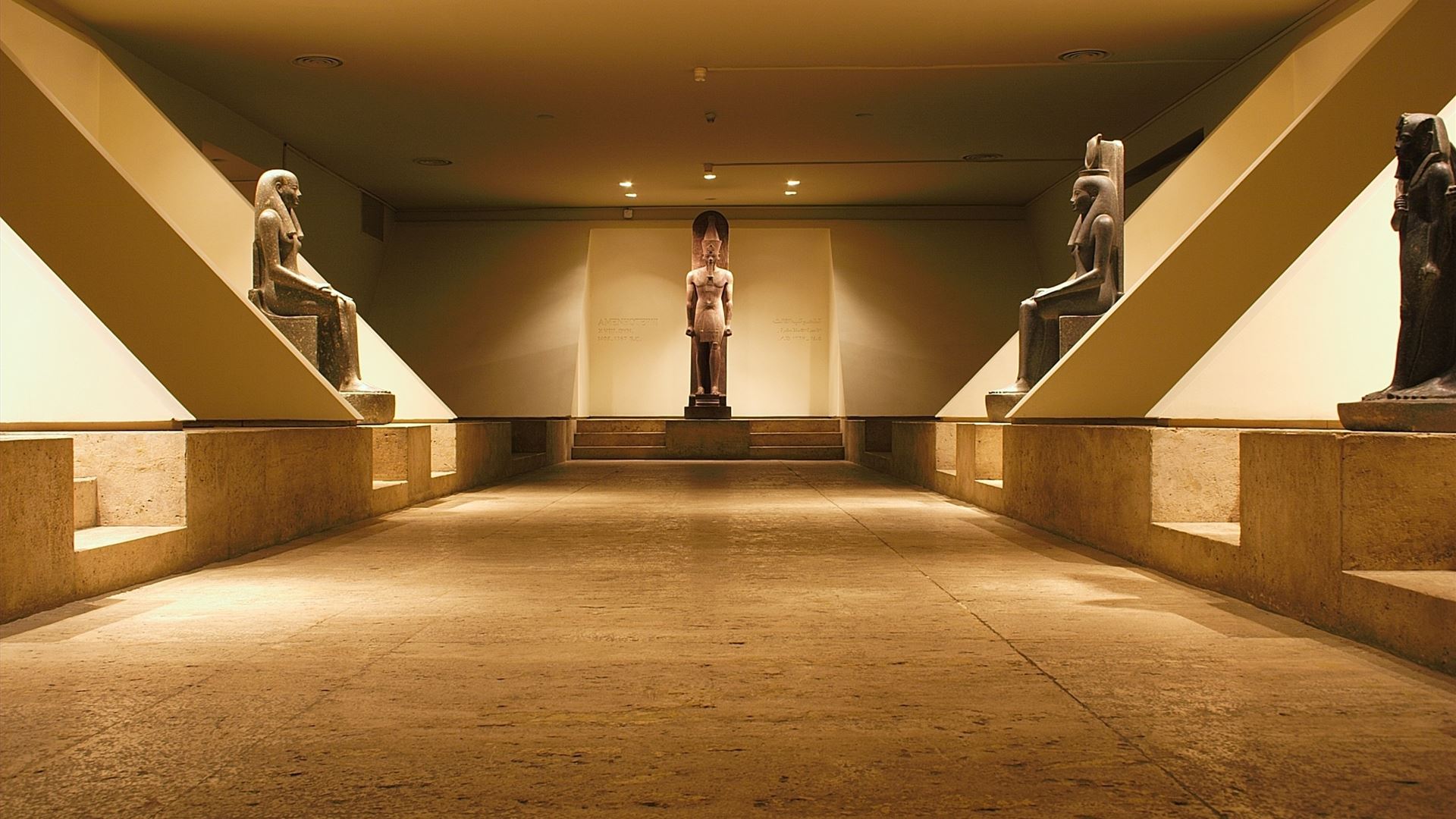
Overlooking the west bank of the Nile, the Luxor Museum is a spectacular destination that includes a magnificent collection of well-displayed antiquities dating back to the era between the end of the Old Kingdom and the Mamluk Period. The antiquities are primarily gathered from the Theban temples and necropolis. Additionally, the royal mummies of Ahmose I and Ramesses I were laid to rest at the museum in 2004.
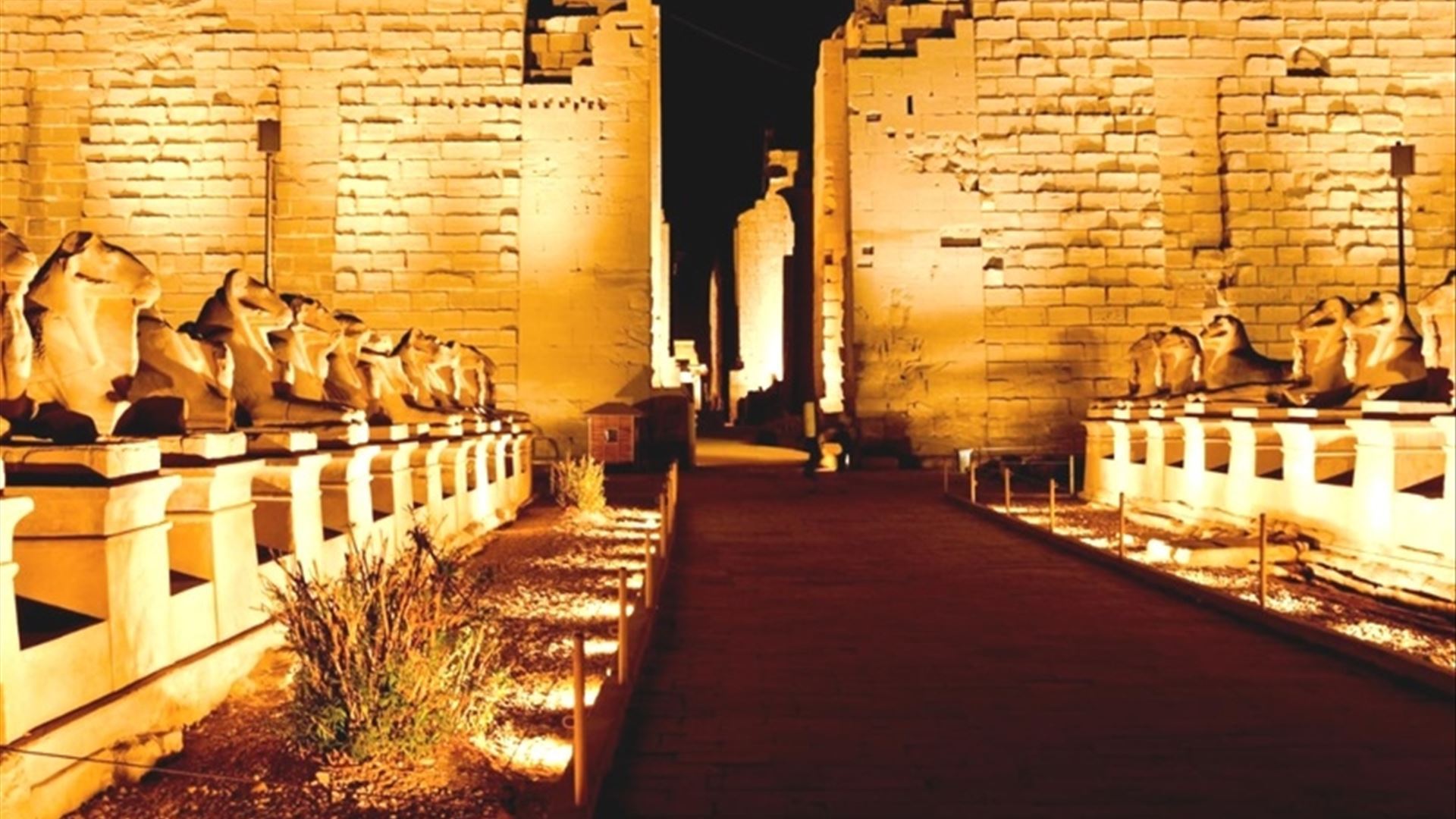
The sound and light show in Karnak Temple is a splendid show that provides insightful information about the story of Karnak Temple. It highlights the history of ancient Thebes, narrating the achievement of the Pharaohs in the poetic description. The show creates a unique and enchanting experience as visitors walk through the complex while the music flows magically and the light illuminates the majesty of the place.
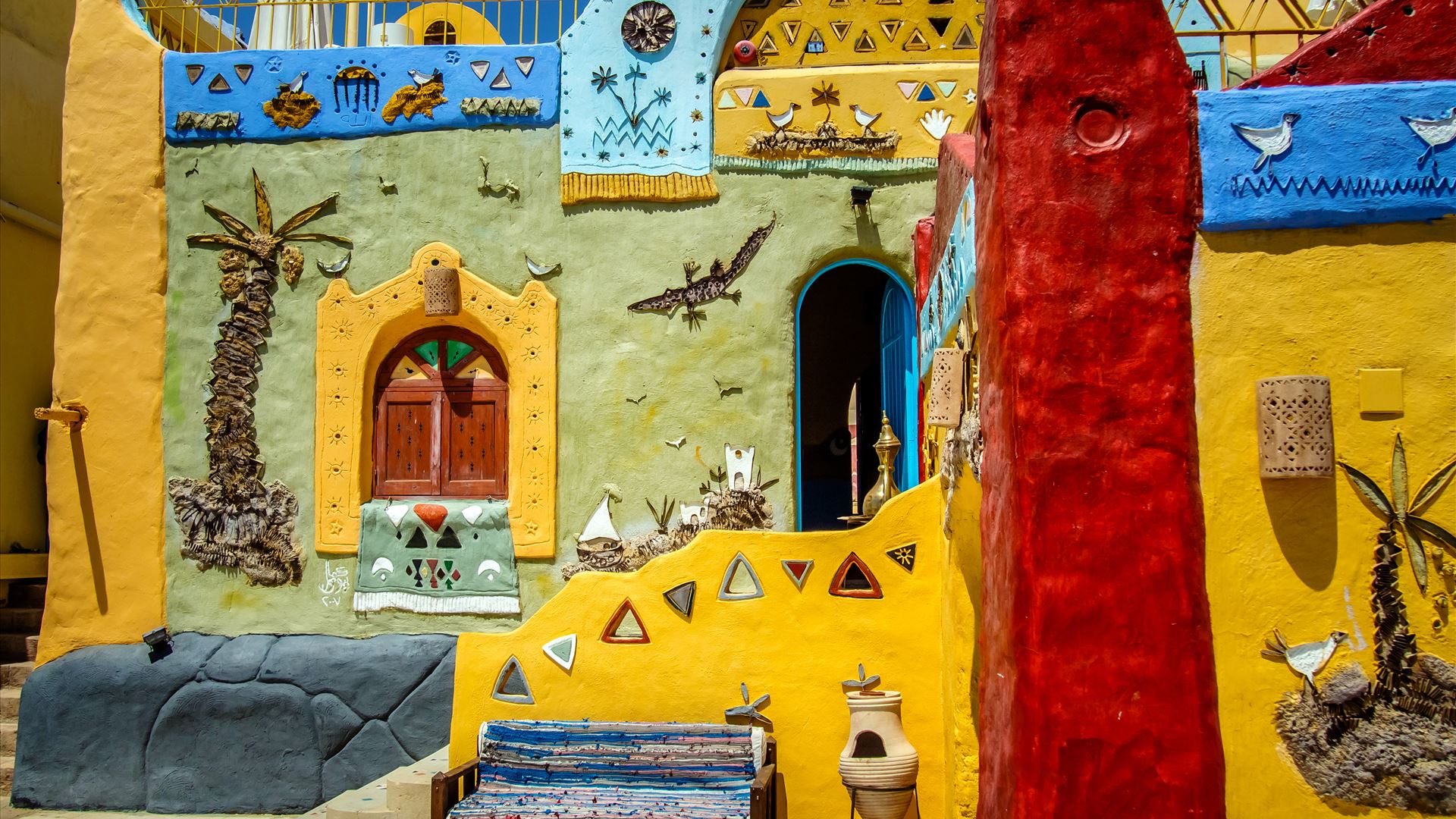
Heirs of the earliest civilization in Northern Africa, the Nubian nomads kept their traditions and culture in a display of color and sound. Relocated in the 1960's, due to the construction of the High Dam, the Nubian Villages are a delight to visit. The Nubian culture is demonstrated in colorful houses, the bazaars with handicrafts, coffee houses, music and hospitality of the Nubians.